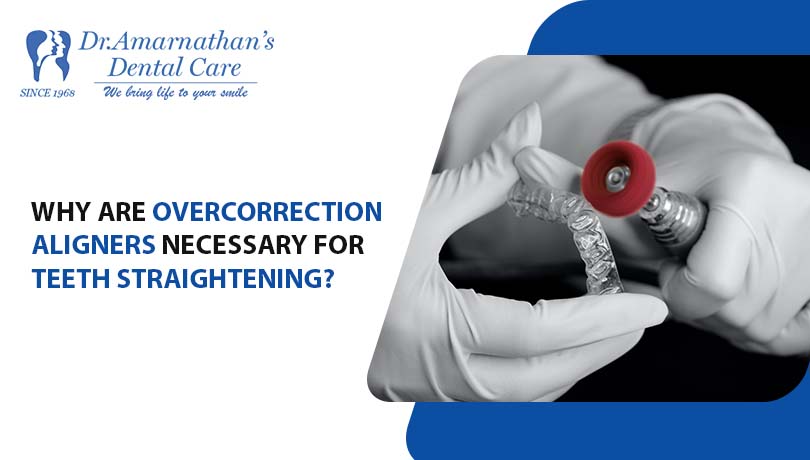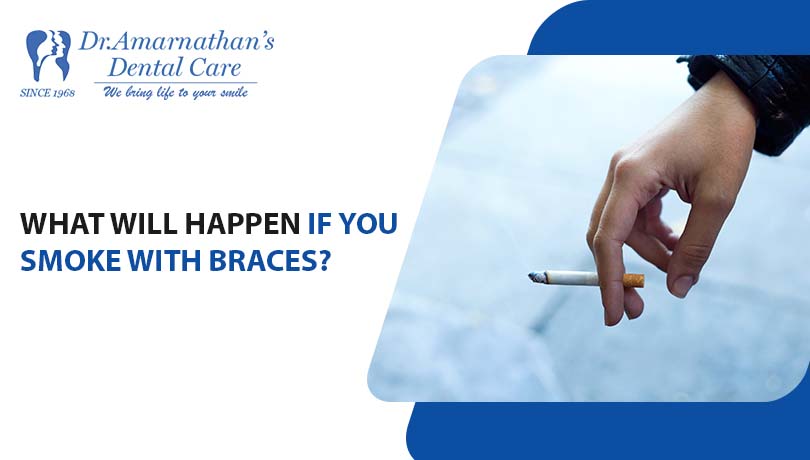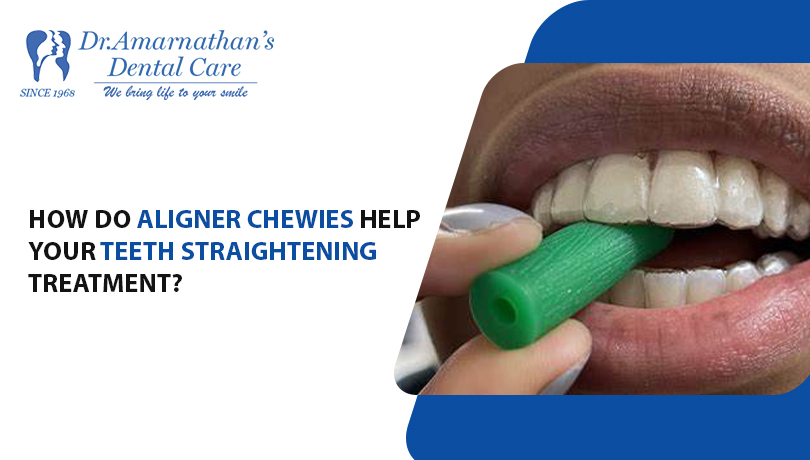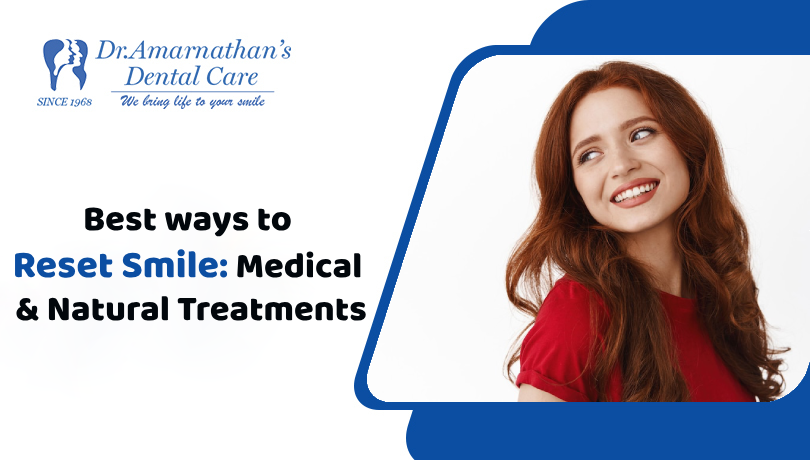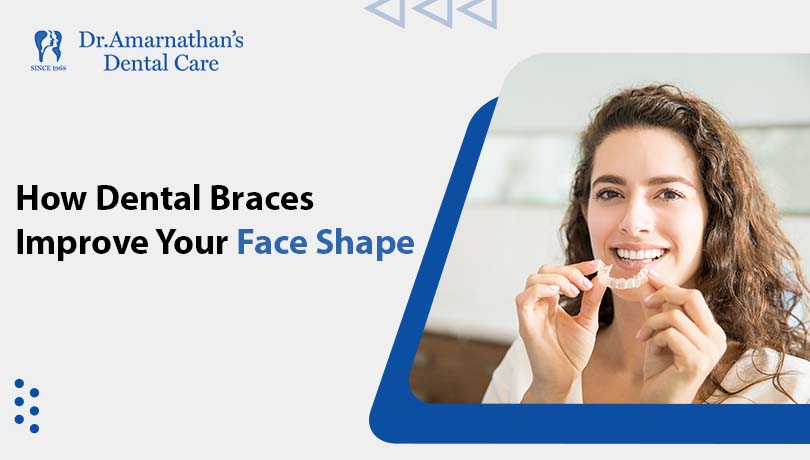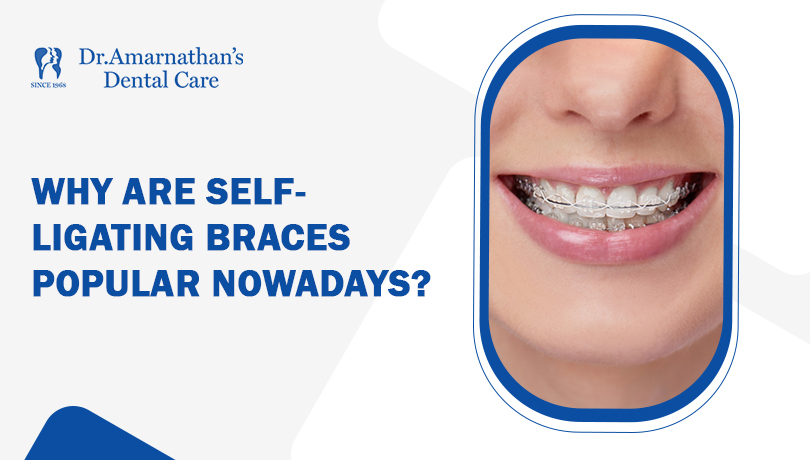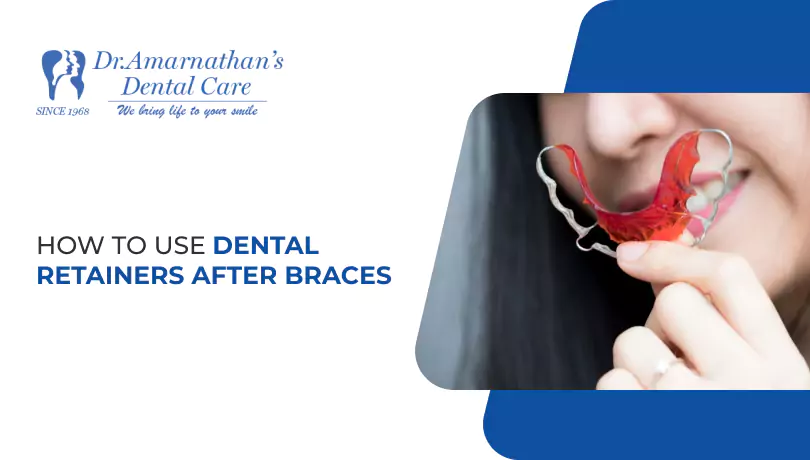
How to use dental retainers after braces
Braces usually work as part of a multi-step approach to achieve a beautiful smile. However, the journey does not stop with the removal of braces. The following primary phase is the usage of dental retainers, which are essential for keeping the alignment acquired with braces.
After braces, your teeth are still prone to movement. Dental retainers maintain them in place, ensuring your work is well-spent. However, many people need to learn how to utilize them correctly, which might cause problems with their orthodontic treatment.
Using dental retainers after braces is essential to preserving your newly aligned teeth. In this post, we will cover the necessity of dental retainers and suggest how to wear them correctly to keep your smile looking perfect for years to come.
What are dental retainers?
Dental retainers are custom-made equipment to keep teeth aligned after orthodontic treatment. They often contain transparent plastic or wire to keep teeth from sliding back into their original places.
Retainers must be used regularly, beginning with full-time use and gradually shifting to overnight use.
Proper maintenance, including cleaning and storing in a protected case, is critical to their performance. Regular follow-up consultations with an orthodontist guarantee adequate monitoring and adjustments as necessary.
Why are dental retainers necessary?
Dental retainers are essential for several reasons. Here are some.,
Maintaining alignment:
After orthodontic treatment, such as braces, teeth return to their original locations. Retainers assist in avoiding this by keeping teeth in their newly aligned locations, enabling the surrounding bone and tissues to adjust.
Preserving Treatment Results:
Retainers guarantee that the outcomes of orthodontic treatment are retained throughout time. Without appropriate retention, teeth may progressively return to their pre-treatment positions, undermining the benefits of braces or other orthodontic treatments.
Preventing Relapse:
Relapse, or the unwanted shifting of teeth back into their original locations, can occur if retainers are not worn as directed. Consistent retainer usage reduces the likelihood of recurrence and helps to maintain the cosmetic and functional gains gained via orthodontic treatment.
Protecting Investments:
Orthodontic treatment requires a significant expenditure of time and money. Retainers protect this investment by ensuring treatment advantages last, lowering the chance of subsequent orthodontic procedures.
Supporting Oral Health:
Properly aligned teeth are simpler to clean and maintain, lowering the risk of dental problems such as tooth decay, gum disease, and uneven wear. Retainers improve overall dental health by helping to establish alignment after orthodontic treatment.
In conclusion, dental retainers are critical in preserving the results of orthodontic treatment, minimizing relapse, and promoting long-term oral health and wellness.
Types of retainers after braces:
Three major kinds of retainers are often used after braces:
Hawley Retainers:
These are made of a mix of acrylic and metal wires. The acrylic component rests against the roof or bottom of the mouth, and the cables wrap over the front teeth to hold them in place. Hawley retainers are both flexible and robust.

Clear retainers (Essix retainers):
These are transparent plastic and are custom-made to fit the patient’s teeth. They are less evident than Hawley retainers but more susceptible to breakage if not handled properly.

Permanent retainers (bonded retainers):
These are tiny wires attached to the rear of the teeth, usually the lower front teeth. They are not visible and offer continual support to keep the teeth from slipping. Permanent retainers require specific care and regular dental check-ups to ensure their effectiveness.

Each type of retainer has advantages and disadvantages, so you should consult with your orthodontist to determine which choice is ideal for your specific circumstances.
How to use dental retainers after braces
To maintain the results of orthodontic treatment, dental retainers after braces must be used consistently and with correct maintenance. Here’s how to apply them effectively:
Initial Wear Schedule:
Initially, wear your retainers for the timeframe advised by your orthodontist, which may include full-time wear (20-22 hours each day). This guarantees that your teeth remain stable in their new placements.
Nighttime Wear:
As your orthodontist advises, use your retainers mainly at night while sleeping. This helps to keep the alignment acquired following orthodontic treatment without continuous daytime wear.
Cleaning Routine:
Create a regular cleaning schedule for your retainers. After each usage, rinse with lukewarm water and carefully brush with a soft toothbrush and non-abrasive toothpaste to eliminate plaque and debris. Avoid using hot water since it might distort the retainers.
Storage Solution:
When you are not using your retainers, keep them in their case. Avoid leaving them uncovered, as this increases the risk of harm or loss.
Handle with care:
Carefully handle your retainers to prevent bending or damaging them. They are usually composed of solid materials, although mistreatment can cause harm. Be very careful when putting or withdrawing them from your mouth.
Regular Follow-Up:
Maintain regular follow-up appointments with your orthodontist. They will track your progress and make any required changes to your retainer regimen to keep your teeth straight.
Replacement Considerations:
Wear and tear and changes in your dental alignment may require you to swap out your retainers over time. To achieve the best results, follow your orthodontist’s recommendations on when to replace them.
Consistency and commitment:
Consistently wearing your retainers as directed is essential for long-term effectiveness. Wear them every night to avoid any regression in your teeth’s alignment.
By following these instructions and taking a disciplined attitude to retainer use, you can protect the results of your orthodontic treatment and enjoy a confident, healthy smile.
Conclusion:
Finally, regular usage of dental retainers following braces removal is essential for retaining the outcomes of orthodontic treatment. Wearing retainers, as advised by your orthodontist, requires consistency.
Following the tips and instructions in this blog post can help you maintain your teeth in their newly aligned positions for a long time. Remember that while wearing retainers may initially feel uncomfortable, the advantages of having a straight, healthy smile outweigh any temporary pain.
Remember to carefully clean and maintain your retainers to preserve them in good shape. Please see your orthodontist if you have any questions or concerns regarding using your dental retainers. Keep your dental health and gorgeous smile!
Frequently Asked Question
-
Why do my retainers smell?
-
How long do you wear a retainer after braces?



